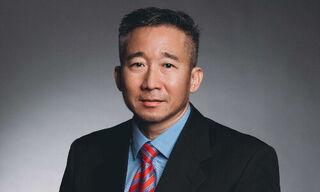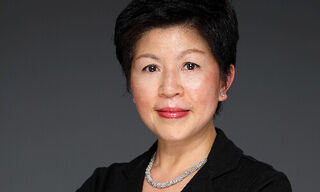Data Centers: Johor Emerges as Southeast Asia’s Hotspot
The Asia-Pacific data center market has exploded in the first half of 2025, with nearly 13GW of new project announcements – a 160 percent increase on last year. The required investment already exceeds $180 billion, cementing the region’s role as the world’s fastest-growing hub for digital infrastructure.
Major technology firms are driving the surge. Amazon is projected to spend more than $100 billion on capital expenditure in 2025, up from $82 billion last year, according to Frank Knight's latest Data Centres Report published on Wednesday.
Microsoft invested $55 billion in 2024 and has already committed over $33 billion this year. Together with Google and Meta, the four US giants have pledged more than $160 billion for 2025 alone.
Balancing Scale With Complexity
«The sheer volume of new projects highlights just how important the region has become in the global digital infrastructure landscape,» said Fred Fitzalan, head of data centres Asia-Pacific at Knight Frank.
But he warned that coordinating this rapid growth is complex, requiring operators to keep pace with both technology and energy demands while navigating power and permitting constraints.
Johor Emerges as Southeast Asia’s Hotspot
Beyond hyperscalers, GPU-as-a-Service providers are entering the market, demanding multi-megawatt capacity and reshaping leasing dynamics. Fitzalan noted that new facilities must now be built with flexible deployment for either Cloud or AI workloads. This flexibility, while costly, is increasingly a decisive factor in site selection.
Johor in Malaysia and close to Singapore has become the region’s fastest-growing hub, with supply doubling in 12 months to 5.8GW. Backed by government support and national planning guidelines, the market recorded 260MW of take-up in the first half of 2025 – 61 percent from social media players and the rest from AI. Vacancy rates have collapsed to just 1.1 percent, underlining power shortages and planning challenges.
Tokyo Remains Constrained but Attractive
Tokyo’s aggregate capacity has risen to 4.2GW, with investors still pouring in. Ares closed a $2.4 billion Japan-focused fund through Ada Infrastructure, while Mitsui & Co. Asset Management acquired assets worth $122 million.
Yet supply shortages weigh heavily: take-up dropped to 41MW in the first half of 2025, down from nearly 287MW a year earlier, with vacancy at just 7 percent.
Seoul Draws Global Investors
Seoul continues to attract heavy investment. LG U+ is expanding its footprint with a $441.7 million AI-focused facility, while Macquarie Asset Management acquired the 40MW Hanam Data Centre for $538.4 million.
Leasing reached 86.2MW in H1 2025, with Chinese AI players emerging as new tenants.
Mumbai Bets Big on Hyperscale
India’s financial capital is accelerating rapidly, with NTT confirming its 500MW NAV2 campus and Blackstone partnering with Panchshil Realty on another 500MW AI site.
The Maharashtra government’s approval of «Green Integrated Data Centre Parks» targeting 1.5GW of renewable-powered capacity signals strong alignment between industry and policymakers.
Capital Models Evolve
The funding mix is shifting, with private equity and infrastructure investors increasingly backing developer-led powered shells to shorten time-to-market. This evolution is reshaping how projects are financed and executed across APAC.
Despite unprecedented growth, challenges loom. Grid capacity and permitting delays in Tier 1 markets remain critical bottlenecks, while geopolitical tensions are influencing delivery timelines.
Yet momentum is unlikely to slow: US and Chinese providers are now competing head-to-head for the same capacity, driving rental values higher across North Asia.
Building a Flexible Future
As AI reshapes workloads, Asia-Pacific is setting the pace for the next generation of data centers. The challenge now is to synchronize vast expansions with power availability and technology evolution – ensuring that the region builds digital infrastructure that is not just massive, but also flexible and future-ready.




























